Old English Sheepdogs are a large, lovable breed, well-known for their shaggy coats and bear-like gait. They are intelligent, social dogs that have traditionally been used for herding. As with any large breed, feeding an Old English Sheepdog requires careful consideration to maintain their health and energy levels. The amount of food they need can vary greatly depending on the dog’s age, weight, activity level, and the type of food you are feeding. In this article, we will explore how to determine the proper amount of food for your Old English Sheepdog and what you might expect to spend on their diet each month.
1. Understanding the Dietary Needs of Old English Sheepdogs
Old English Sheepdogs are a large breed with a hearty appetite. They require a balanced diet rich in proteins, fats, carbohydrates, vitamins, and minerals. Their food should be specifically designed to support joint health, given their size and potential for hip dysplasia, and to maintain their thick, shaggy coats.
2. Factors Influencing Daily Food Requirements
The daily food requirements for an Old English Sheepdog will depend on the dog’s age, weight, and activity level. Puppies and young dogs, who are more active, may require more calories than older, more sedentary dogs. Additionally, pregnant or nursing females will have different nutritional needs.
3. Calculating the Right Amount of Food
To calculate the right amount of food, you should start with the feeding guidelines provided by the food manufacturer, then adjust as necessary for your dog’s unique needs. For Old English Sheepdogs, daily caloric intake might range from 1,300 to 2,200 calories, depending on their size and activity level.
4. The Role of Caloric Density in Dog Food
The caloric density of dog food can vary significantly between wet and dry foods and among different brands. Higher-quality foods often have more calories per cup, meaning you may need to feed less volume to meet your dog’s caloric needs.
5. Feeding Puppies vs. Adult Old English Sheepdogs
Old English Sheepdog puppies require more frequent feedings of specially formulated puppy food to support their growth. Adults can be transitioned to two meals per day with adult-formulated food that maintains their weight and supports overall health.
6. Adjusting Food Intake for Weight Management
Maintaining an ideal weight is crucial for Old English Sheepdogs to prevent stress on joints and other health issues. Regular weigh-ins and body condition scoring can help determine whether food intake needs to be adjusted.
7. Special Dietary Considerations
Some Old English Sheepdogs may have specific health issues that require dietary adjustments, such as allergies or sensitivities. Tailoring the diet to accommodate these needs is essential for their well-being.
8. Treats and Extras
Treats should be given in moderation and accounted for in the total daily calorie intake. Overdoing it with treats can lead to obesity, especially in less active dogs.
9. Cost Analysis of Feeding an Old English Sheepdog
The monthly cost of feeding an Old English Sheepdog will vary based on the type of food (premium or budget-friendly), the size of the dog, and additional treats or supplements. On average, you might expect to spend $60 to $100 per month on feeding an adult Old English Sheepdog.
10. Balancing Cost with Quality
While it’s important to consider cost, feeding your Old English Sheepdog the best quality food you can afford can have a significant impact on their health and longevity. High-quality foods may cost more upfront but can reduce future veterinary bills by keeping your dog healthier.
Our 5 Top Foods for Old English Sheepdogs
The diets were selected by our founder Justin Palmer, a certified canine nutrition expert, specifically with Old English Sheepdogs in mind:
Conclusion
Feeding an Old English Sheepdog requires a commitment to understanding their specific nutritional needs and monitoring their health and weight throughout their lives. By providing the right amount of high-quality food, adjusting portions as needed, and factoring in treats and supplements, you can ensure your Old English Sheepdog thrives. The investment in your dog’s nutrition is not only an investment in their health but also in the joy and companionship they bring to your life every day.
Frequently Asked Questions About Feeding an Old English Sheepdog

1. How much food should an Old English Sheepdog puppy eat?
An Old English Sheepdog puppy typically requires more food than an adult due to their growth needs, usually divided into 3-4 meals a day. Depending on their age and size, they may need anywhere from 1.5 to 2.5 cups of puppy-formulated food per day, adjusted as they grow. Always consult with your vet to tailor the feeding to your puppy’s specific developmental stage.
2. Can Old English Sheepdogs be fed a grain-free diet?
Yes, Old English Sheepdogs can be fed a grain-free diet if it’s nutritionally balanced and meets their needs. However, unless your dog has a specific allergy or sensitivity to grains, there’s no need to avoid grain-inclusive diets. It’s essential to choose a diet based on your dog’s individual health and consult with a veterinarian before making significant dietary changes.
3. How often should I feed my adult Old English Sheepdog?
Adult Old English Sheepdogs typically do well with two meals per day. Feeding them in the morning and evening can help prevent bloating and provide a consistent routine. Adjust the feeding schedule as needed based on your dog’s activity level and dietary needs.
4. Are there any foods that Old English Sheepdogs should avoid?
Old English Sheepdogs, like all dogs, should avoid foods that are toxic to canines, such as chocolate, onions, garlic, grapes, and raisins. Additionally, foods high in fat or cooked bones should be avoided to prevent pancreatitis and choking hazards. Always check with your vet if you’re unsure about certain foods.
5. How can I tell if I’m feeding my Old English Sheepdog the right amount of food?
You can tell you’re feeding your Old English Sheepdog the right amount if they maintain a healthy weight—ribs should be palpable with a slight fat covering, and they should have a visible waist when viewed from above. If your dog gains or loses weight unexpectedly, consult your veterinarian to adjust their food intake.
6. What type of food is best for Old English Sheepdogs with sensitive stomachs?
For Old English Sheepdogs with sensitive stomachs, it’s often beneficial to feed them a diet formulated for easy digestion, with high-quality, easily digestible proteins and a limited number of ingredients. Probiotics and prebiotics may also help. Consult your veterinarian for a recommendation that suits your dog’s particular needs.
7. How do I switch my Old English Sheepdog to a new type of food?
To switch your Old English Sheepdog to a new food, gradually mix in the new food with the old, increasing the proportion of the new food over a period of about 7-10 days. This gradual transition helps prevent digestive upset. If any adverse reactions occur, slow the transition and consult a veterinarian.
8. Is it okay to feed my Old English Sheepdog table scraps?
Feeding table scraps to your Old English Sheepdog should be done with caution. Many human foods can be unhealthy or even dangerous for dogs. If you do choose to give them table scraps, it should be in small quantities and avoid fatty, spicy, or cooked bones, and make sure it’s not replacing their balanced diet.
9. How much water should an Old English Sheepdog drink each day?
An Old English Sheepdog should have access to fresh water at all times and may drink anywhere from 0.5 to 1 ounce of water per pound of body weight per day. Water intake can vary with the dog’s size, diet, age, and activity level. Always provide more water when it’s hot or when they’ve been exercising.
10. What are the signs that my Old English Sheepdog is overweight, and how do I adjust their diet?
Signs that your Old English Sheepdog is overweight include difficulty feeling their ribs, lack of a defined waist, and a rounded abdomen. To help your dog lose weight, reduce their daily calorie intake by 10-20% and increase their exercise, ensuring a slow and steady weight loss. It’s important to work with a veterinarian to create a safe and effective weight loss plan.
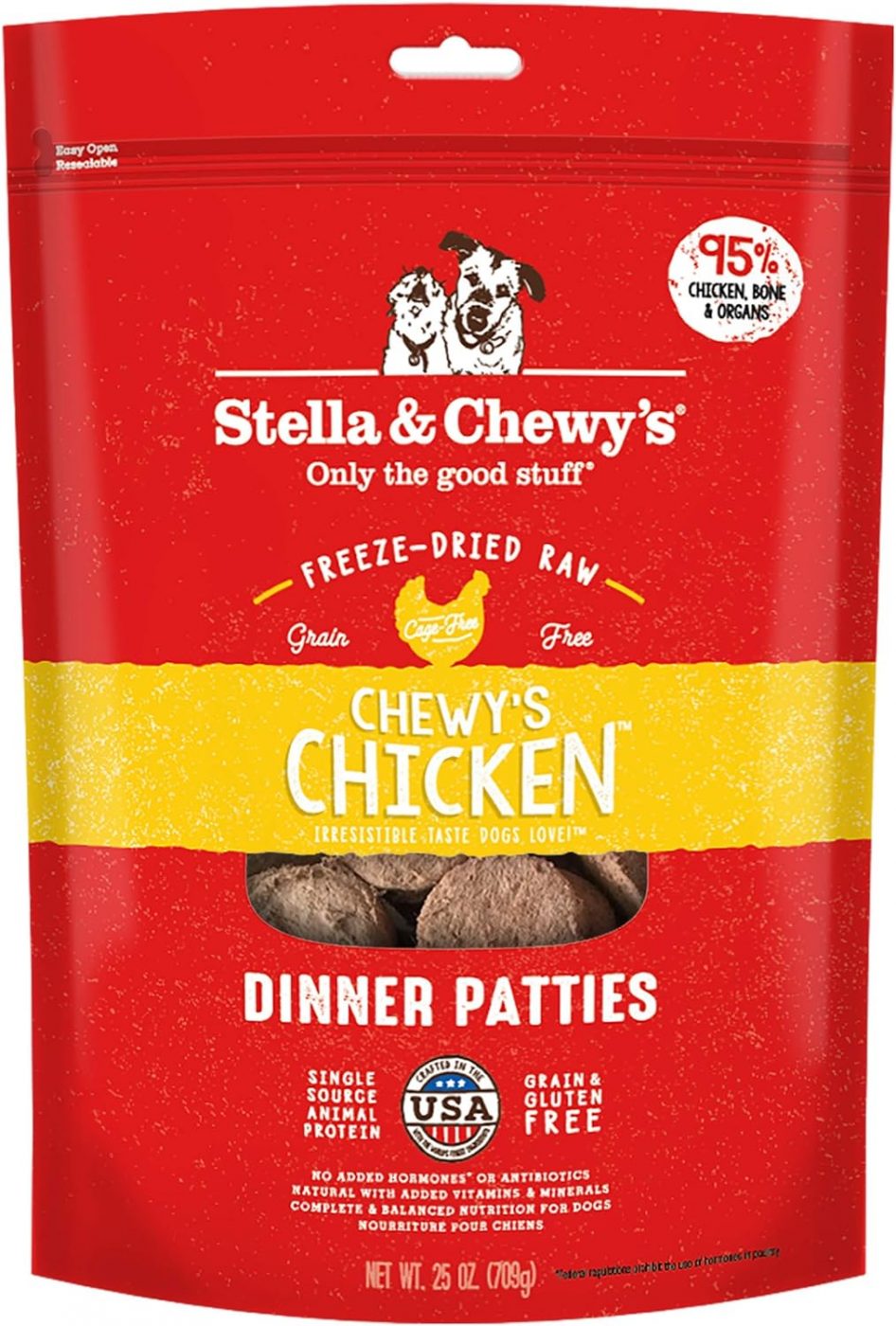
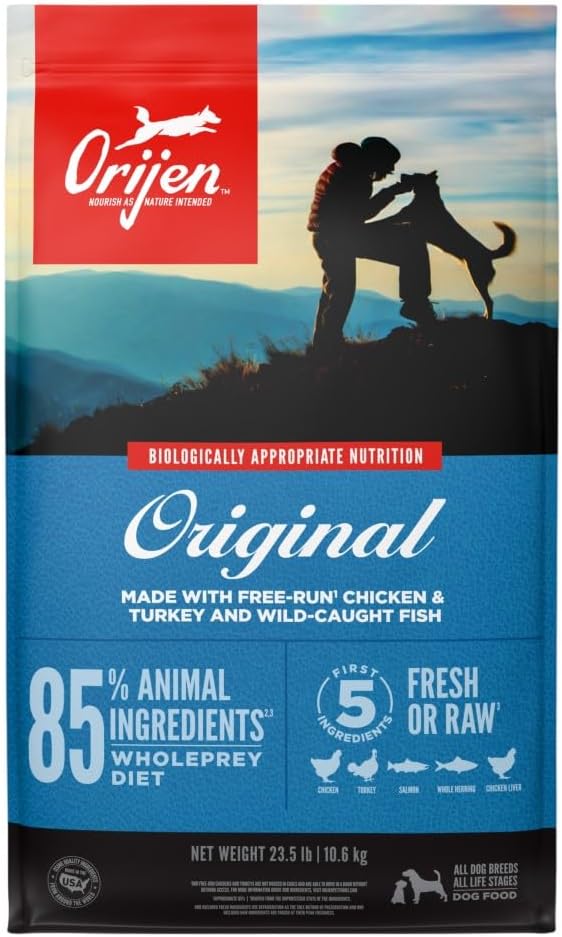
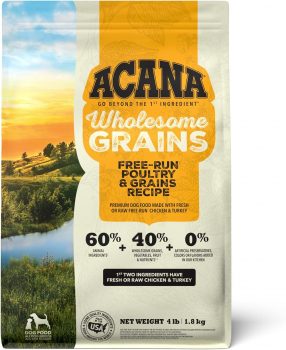
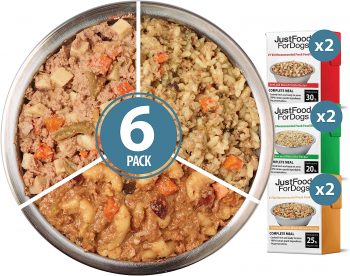
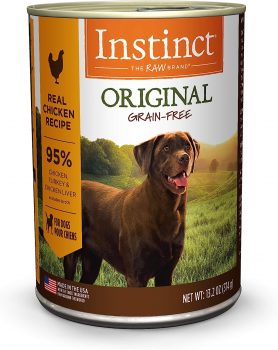
 Toledo, United States.
Toledo, United States.